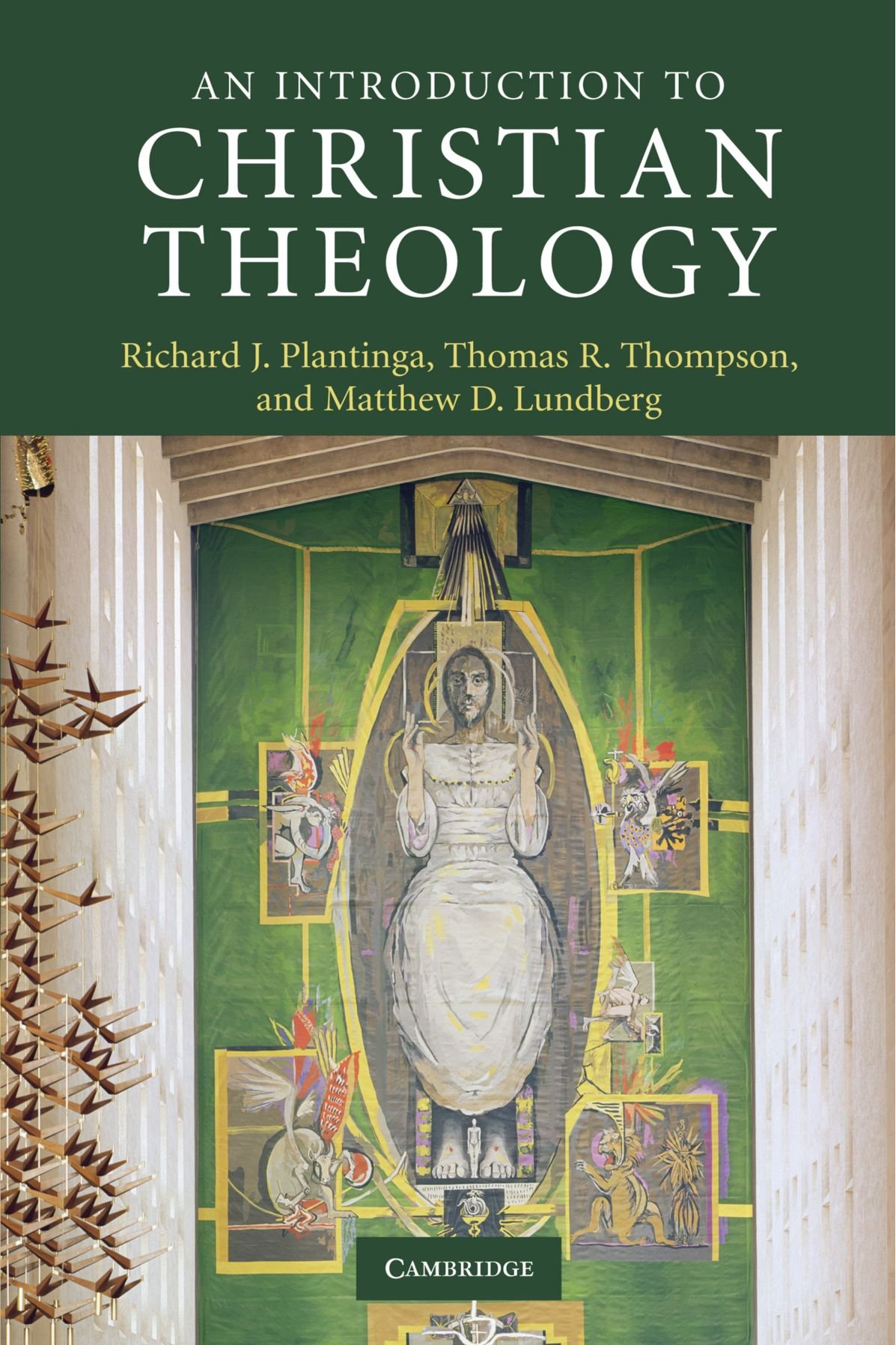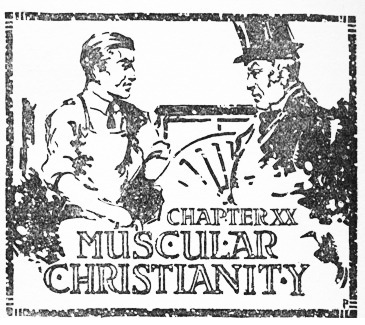This sermon was prepared as the fourth in a series about the process of the Church Renewal Lab.
Introduction: Learning to Ride a Backwards Bicycle
Destin Sandlin is an engineer who created an educational science website called “Smarter Every Day.” His buddy is a welder in a shop where they like to pull pranks on people, and he made a bike that he bet Destin couldn’t ride. The bike was modified so that when you turn the handlebars left, the wheel goes right, and vice-versa. Destin thought he could ride it. He was wrong. He tried riding it the next day, and every day, for eight months. He still couldn’t ride it. Then one day, something in his brain clicked, and suddenly he could ride the backwards bike. But his mind had 30 years of normal bike-riding pattern burned into it. It took eight months for him to learn a new way. Then he tried it with his six year old son, on a similarly altered little boy’s bike. It took his son two weeks. Why? Because the brain of a child is much more elastic, and can learn motor skills and language much more quickly than an adult brain. (I can’t help but think that there is a spiritual parallel to this: Jesus says you have to become like a little child to learn the ways of the kingdom).
And by the way, when Destin had mastered riding that backwards bike, he found he couldn’t ride a regular bike anymore—not at first. He crashed and crashed for 20 minutes, then the old pathway in the brain kicked in again, and he was rolling again. But the point is this: when you’ve been doing things one way for many years, it takes a lot of intentional effort, and time, to unlearn those habits, and replace them with new ones.
This morning we’re looking at the fourth essential for renewal: and that’s health.
I. The Pharisee Christians
This was a real crisis that faced the young church. There were certain Pharisee Christians, v. 5, who said that to be a follower of Jesus, you first had to become a Jew. You had to keep the Jewish ceremonies and take on the outward signs of being a Jew. The Pharisee Christians complained when people from the outside end up changing the church. Pharisee Christians looked back fondly to when the church was totally Dutch…I mean, Jewish. Did I say Dutch?
Well, Pharisee Christians can still be found today. They’re the ones who demand that the church stick to the old ways, even if those old ways never worked well in the first place. (I find it fascinating when Peter says: why should we put a burden on the Gentiles that we couldn’t even live up to? v. 10). Pharisee Christians complain when someone tries something new, rather than either just letting it go, or contributing something positive to improve the experiment. A church cannot thrive, cannot be vital, and cannot grow if it is controlled by this mentality. A healthy church is missional; that is, it exists to bring the good news to non-church people. It does not exist to try to please every demographic of the already-churched.
Health, when it comes to churches, means that a congregation is a place of grace and permission. Grace means: treating people with the same grace and forgiveness as we have received from others. And permission, particularly in the context of renewal and revitalizing our congregation, means: “Creating an environment where risk taking and change are embraced with joy and enthusiasm.” Does that mean you will like every change? No. But it does mean you get behind the goal of change, which is to make us more effective in our mission to reach the lost. It means tolerating things you don’t prefer. And this is what happened in the early church.
In the Renewal Lab, we will be learning about the habits that make a church healthy. One of the tools for fostering church health lists habits that are un-healthy. Here are two examples: unhealthy ways to deal with complaints:
- When someone complains, we stop everything to try to figure out a way to make that person happy; therefore, anybody in the congregation has the power to stop us with a complaint.
- People are allowed to complain anonymously in our congregation so that we often know that people are upset, but we don’t know who they are.
These are unhealthy norms. If we don’t consciously work to change these habits, they can lead to toxic results: like burnout, and division. But sometimes these habits are as ingrained in us as riding a bike. So when we try to learn them, and practice them, we will fall down a lot, and crash occasionally. And that’s where the grace comes in.
II. No Compromise
So how did the Apostles deal with this crisis? Well, first of all they refused to compromise, and second, they made a lot of compromises. Paul and Barnabus refused to give one inch on the gospel, what the good news about Jesus really means. The Pharisee Christians wanted “Jesus And…” Jesus Plus. But for Paul this was a deal breaker.
The leaders of the church got together to solve this problem. This meeting is considered to be the first universal church council, by the way. And I find it fascinating that Luke (author of Acts) records the opinions of two people who had a different emphasis than the apostle Paul. If you remember, Peter had assumed that you had to be a Jew, and eat kosher food, in order to be a Christian. And James, I imagine, probably had a real problem at first with Paul’s emphasis on faith, because James puts the emphasis on the good works that faith produces. So it’s no accident Peter and James speak up in defense of Paul’s teaching.
You don’t have to become a Jew to follow Jesus! What purpose does it serve to make the gentiles avoid pork? We’ve been avoiding pork for thousands of years—how well has that worked out for us? Those external things—things that God intended for our good—they now get in the way. It hasn’t made us stand out from the crowd in the way God wants, because we also didn’t stand out in terms of loving the stranger, and having compassion on the broken. So why force this “yoke”—this burden, on these new believers in Jesus? Verse 11: No! We believe it is through the grace of our Lord Jesus that we are saved, just as [the gentiles] are.
Just as the apostles refused to compromise on the gospel, so there are a few things that a healthy church should never compromise. The first is: We cannot compromise on seeking to be a missional church. Worship, for example, can never be just about making me feel good. It cannot be an activity that is meant to please one group or another. True worship seeks to please one person, and that is the Lord God.
Another area where a congregation has to draw the line is to say no to unhealthy behavior. Now, every one of us deals with brokenness, of course. There will be times when we will say the wrong thing, or say the right thing, wrongly. Where we cannot compromise, though, is on this: We can’t let bad behavior be the norm. So if I have an issue with you, but I don’t tell you, because I hate conflict, and instead I gossip about how wrong you are to some third party, that’s unhealthy. Or someone says: I want to complain about this thing in church, but I don’t want you to say my name, that’s out of bounds. We can’t allow that.
Again, that’s hard to learn, to create a culture where we instinctively know that a certain kind of communication or criticism is unhealthy. And to practice the healthy way, until we no longer automatically react in the unhealthy way. (I’ll tell you when I get it down perfectly myself. Don’t hold your breath.) Those bad habits reach deep down into our history, our souls, maybe even our DNA. We will fall off the bike a lot as we try to learn new habits. It will take time. But it won’t happen at all unless we make a consistent and intentional effort.
III. Several Compromises
Finally, the apostles said: No compromise!… followed by several compromises. No compromise on the essentials; compromise like crazy on the rest. They made gracious concessions. James, the brother of Jesus, and (as I said) someone who probably thought Paul didn’t mention holy living as often as he would like, stood up and said: “… we should not make it difficult for the Gentiles who are turning to God. Instead we should write to them, telling them to abstain from food polluted by idols…” etc.
Now, Paul could have stood up and said: We need to get rid of every Jewish ritual! But he didn’t. Notice the things listed: avoiding meat sacrificed to idols—Paul in the letter to the Romans says this meat is not really polluted, but weak Christians think so. Avoiding sexual immorality—here, specifically, James probably has in mind things like ritual prostitution—things that the Jews particularly disliked about the gentiles. And avoiding meat that was strangled or had blood in it. This was particularly difficult for Jews to swallow…so to speak. It didn’t harm the non-Jews to avoid these things, so it was a good compromise, and it held the church together, and allowed them to continue pursuing the mission Christ gave them.
A healthy compromise. A healthy church can make compromises that don’t compromise the mission. The Jerusalem Council came about because of a conflict—but the apostles led the people through this conflict, with a good result. So not all conflict is unhealthy—not even in the church. Conflict is inevitable. There’s going to be conflict, different opinions, clashing personalities. But it’s easier to learn how to ride a backwards bicycle than to learn that conflict is not always bad and doesn’t always have to end in a meltdown. It’s especially hard to learn if you grew up seeing mostly unhealthy conflict. Many of us carry those wounds—and that colors how we deal with conflict (or don’t deal with it). So if you avoid conflict, and don’t always handle it well, join the club. I’ll show you my membership card after church. Personally, I think it’s one of the hardest things to practice, and it’s one of the areas where I fail the most.
But the first apostles learned how to disagree without being disagreeable, as the old cliché goes. And there are resources available. The Mennonites have a tool they call Agreeing and Disagreeing in Love, and it’s very good and helping individuals and churches work through conflict. The first principle is to “Acknowledge together that conflict is a normal part of our life in the church.” Another is to talk to people directly about issues, rather than going behind their back. If you’re like me, you tend to take criticism personally, and if you’re like me, you might have a strong urge to counterattack. It’s hard, very hard, to find a different way. And we don’t always find that way, and sometimes we have to seek forgiveness.
Conclusion: A Healthy, Healing Meal
When I fail big time at this, my reaction is first to be defensive, and then to feel shame. To beat myself up. Many of you know that feeling. You’ve been there. The only thing worse at that point is to be alone with your thoughts—telling yourself you’re a failure, you’re unlovable, you’re worthless. But that’s not what Jesus wants from you, or from me. Jesus wants to lift us up out of the dirt, and say: Go, and sin no more.
But Jesus, you said that last time!
And Jesus will say: Yes I did. And the time before that. And I will say it again next time when you mess up.
Until then, Jesus says, eat this bread, and drink this cup. They’re for your healing. Eating and drinking with those people who are wounded, and forgiven, just like you—that’s healing. It makes you healthy. Because when you do, I am there with you. Don’t sit alone with your thoughts about being unworthy. Sit with other unworthy people, whom I love. Whom I forgive. Whom I restore. Whom I feed with my very flesh and blood.
Let us pray.
Lord Jesus, feed us now, and make us whole, and holy again. Heal our divisions and grievances. Make us healthy, so that you can fulfill in us that Great Commission, to make disciples of all nations, in the power of the Spirit, to the glory of the Father. Amen.


 A church that needs revitalization needs a clearly defined mission and vision, argues Harry Reeder in this chapter. He makes a distinction between those two terms: “Your mission is what God has called your church to do for God’s glory, whereas vision is what he wants your church to be as the mission is fulfilled. To put it another way, mission is our purpose, and vision is our passion” (128). He illustrates with the words of Jesus in the Great Commission, which tell the disciples what to do (make disciples), and then before the ascension, he says what they will be (his witnesses).
A church that needs revitalization needs a clearly defined mission and vision, argues Harry Reeder in this chapter. He makes a distinction between those two terms: “Your mission is what God has called your church to do for God’s glory, whereas vision is what he wants your church to be as the mission is fulfilled. To put it another way, mission is our purpose, and vision is our passion” (128). He illustrates with the words of Jesus in the Great Commission, which tell the disciples what to do (make disciples), and then before the ascension, he says what they will be (his witnesses). Harry Reeder reminds us that prayer is the oxygen that the flame of renewal needs to ignite the flame of renewal. He notes that the church at Jerusalem, described in Acts 2, was “conceived in a prayer meeting” and “birthed in a sermon.” Chapters 7 and 8 stress the importance of prayer and the preaching of the Word.
Harry Reeder reminds us that prayer is the oxygen that the flame of renewal needs to ignite the flame of renewal. He notes that the church at Jerusalem, described in Acts 2, was “conceived in a prayer meeting” and “birthed in a sermon.” Chapters 7 and 8 stress the importance of prayer and the preaching of the Word. In recent times, the debate over whether women should be ordained as elders and pastors has been framed, rather badly I think, by the terms egalitarian and complementarian. The term egalitarian means “supporting equality.” It asserts that men and women are equal. Yet most complementarians would agree that women and men are equal, but dispute the assertion that this equality means that women and men have the same roles in the church. However, some (certainly not all) complementarians also seriously undermine the equality of women in ways that are shockingly sexist and misogynist. One sees this particularly in the
In recent times, the debate over whether women should be ordained as elders and pastors has been framed, rather badly I think, by the terms egalitarian and complementarian. The term egalitarian means “supporting equality.” It asserts that men and women are equal. Yet most complementarians would agree that women and men are equal, but dispute the assertion that this equality means that women and men have the same roles in the church. However, some (certainly not all) complementarians also seriously undermine the equality of women in ways that are shockingly sexist and misogynist. One sees this particularly in the  Sunday school or catechism or a youth group lesson or lead a Bible study that includes men? Can they teach boys the faith? The preacher Timothy seems to have learned the faith from two important women in his life, his grandmother Lois and his mother Eunice (
Sunday school or catechism or a youth group lesson or lead a Bible study that includes men? Can they teach boys the faith? The preacher Timothy seems to have learned the faith from two important women in his life, his grandmother Lois and his mother Eunice (
![2 Chronicles 714 [mobile-1262x1262].png](https://drdominee.files.wordpress.com/2016/06/2-chronicles-714-mobile-1262x1262.png?w=804) But before you can encourage a community of people to truly repent and confess sin, one must first cultivate an atmosphere of grace. We don’t repent to feel bad about ourselves; we repent joyfully because we are sure of God’s loving forgiveness earned at the high cost of Christ’s blood. Secondly, Reeder says we must also emphasize personal responsibility. We should not be making excuses for ourselves or for others. Adam blamed Eve. Eve blamed the Serpent. Third, we then have to expect the fruits of repentance. Reeder summarizes these fruits in three words: restitution, restoration, and reconciliation. His summary is helpful: “Restitution is paying back what is owed, restoration is setting things right again, and reconciliation is the renewing of relationships that have been broken by sin” (50).
But before you can encourage a community of people to truly repent and confess sin, one must first cultivate an atmosphere of grace. We don’t repent to feel bad about ourselves; we repent joyfully because we are sure of God’s loving forgiveness earned at the high cost of Christ’s blood. Secondly, Reeder says we must also emphasize personal responsibility. We should not be making excuses for ourselves or for others. Adam blamed Eve. Eve blamed the Serpent. Third, we then have to expect the fruits of repentance. Reeder summarizes these fruits in three words: restitution, restoration, and reconciliation. His summary is helpful: “Restitution is paying back what is owed, restoration is setting things right again, and reconciliation is the renewing of relationships that have been broken by sin” (50).
